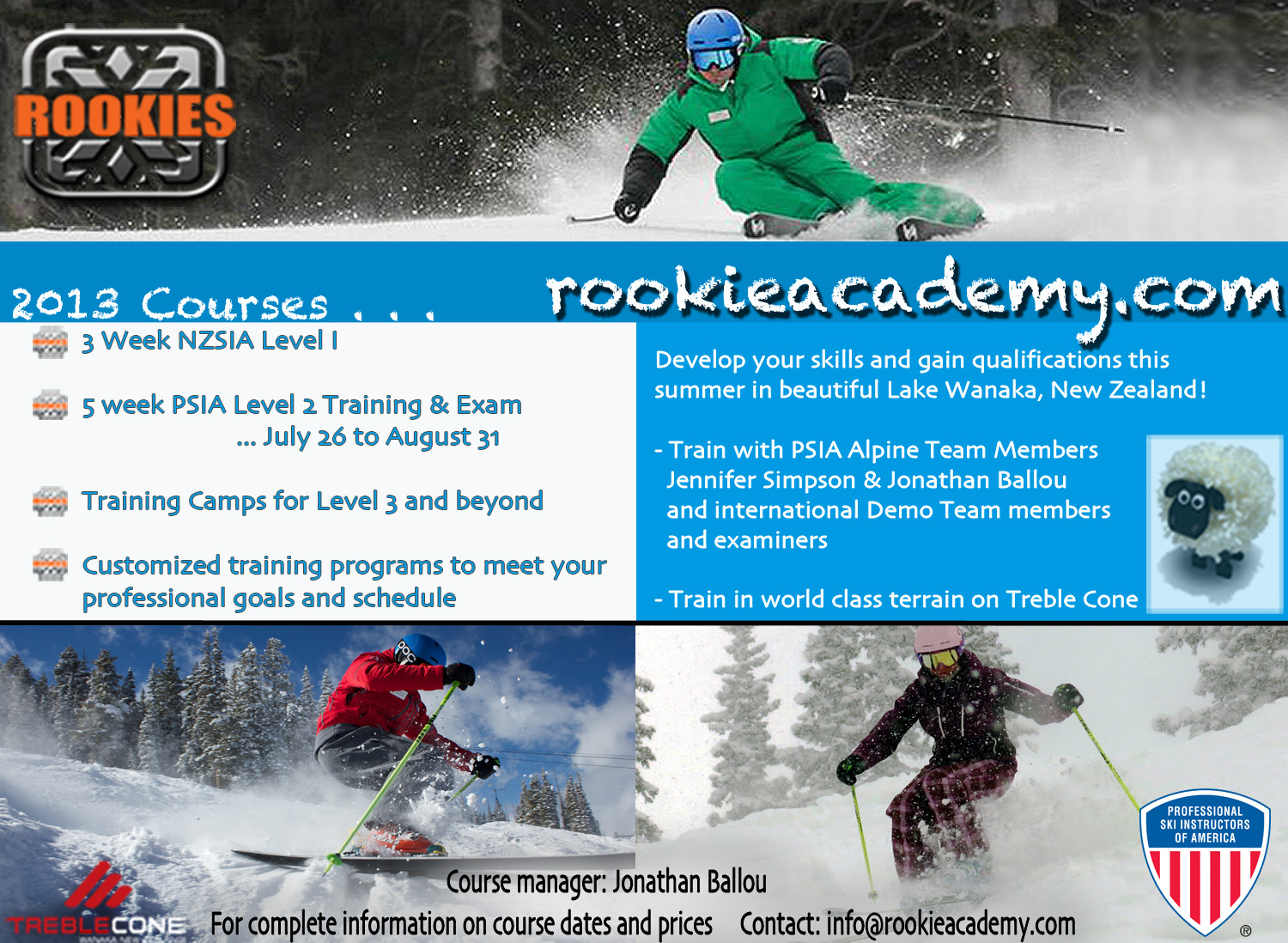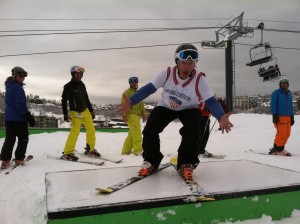A Framework to Reform ASEA Governance
INTRODUCTION
The October, 2012 Joint Resolution of the Eastern, Rocky Mountain, Intermountain and Northwest Divisions called for substantial reform of the governance of ASEA which we see as lacking accountability to individual members and the Divisions. This document provides a framework for how needed reform may be accomplished. We Divisions see reform as imperative to restoring trust and confidence in ASEA governance.
LEGAL FRAMEWORK
The Revised Colorado Non-Profit Corporation Act provides structure for nonprofit governance but also allows substantial leeway for organizations to divert from the default procedures as most provisions of the Code end with “Unless otherwise provided by the Bylaws”
Taking advantage of this provision in the last several years, ASEA’s bylaws no longer contain many of the protections and safeguards for the membership, leaving the ASEA board largely unaccountable for its actions.
One area that cannot be changed by the bylaws is the duty of directors to the organization. Colorado law is very clear in requiring directors and officers to fulfill their duty of care by (1) acting in good faith, (2) with the care an ordinarily prudent person in a like position would exercise in similar circumstances, and (3) in a manner the director or officer reasonably believes to be in the best interests of the nonprofit organization. The bylaws need to be adjusted to be sure that the interests of each Division are protected in the voting process.
PURPOSES OF ASEA
The current Bylaws of ASEA describe its purposes as:
The purposes for which the corporation is formed shall be to provide programs, materials and services for member education and professional development; public snow sports education; promote snow sports instruction by snow sport instructors; address problems of common concern to the snow sports teaching profession; conduct promotional activities, including advertising and publicity; and engage in any lawful activities which will enhance efficient and economic progress of the snow sports teaching profession.
We believe these purposes are largely appropriate and in line with the original intent for PSIA when it was formed. We see ASEA as a service center for the Divisions. However, we believe ASEA is being managed as a trade association rather than an individual membership association, and that ASEA is perceived by its management and Board as a “governing body” over the Divisions rather than a service provider to the Divisions. Accordingly, there is a need to expand the statement of purposes with plain language stating a primary purpose of ASEA is to service and support the Divisions. By way of illustration only, language that could satisfy that need includes:
Because virtually all programs, services and educational training that is provided to snowsports instructors is delivered by the Divisions, one central purpose of ASEA is to provide service and support to the Divisions; or
Because all individual instructor members of ASEA are first identified and trained by the Divisions, a primary purpose of ASEA is service to the Divisions and promoting the health and strength of each Division; or
The primary purpose of ASEA is to provide support and assistance to each of the Divisions to help insure the success of the programs, services and educational training provided by the Divisions; or
In addition, the following language is needed in order to protect the Divisions from arbitrary action by ASEA:
ASEA has been designated by the Divisions to maintain, promote and enhance the value of the trademarks and logos developed over the years by ASEA and with the content behind those marks, or intellectual property, having been developed by the Divisions. These marks are the primary identifiers of the Divisions. As guardian of those marks for the Divisions, ASEA shall guarantee to each Division the right to continual usage of the marks and logos for an indefinite term. The right to continued usage may be terminated only for License’s egregious misconduct which materially and adversely impacts the Marks or the associated goodwill.
MEMBERSHIP
In addition to the current membership of ASEA, we propose making each Division a member of ASEA (“Division Members”), with the powers and responsibilities set forth below.
ASEA DIRECTOR CHANGES
We propose that future ASEA Directors be elected for three year terms by the Board of Directors of each Division which shall have the power to remove its director at any time for any reason. The Board of ASEA shall have the authority to remove a Director for cause, with “cause” involving matters of financial impropriety or ethical lapses.
VOTING AND OTHER BOARD PROCEDURES
We Divisions have certain specific proposals with respect to ASEA Board procedures and, in other areas, we have strong concerns that can best be expressed as principles that can be satisfied by any number of specific procedures.
1. We propose an end to the current “supermajority” voting requirements, relying instead on basic principles of majority rule coupled with proportional representation.
2. We are deeply concerned with the complete absence of any relationship between the size of a division and the “weight” of its vote. At the same time, we are respectful of the interests of the smaller divisions that would be left virtually voiceless with any voting system that is largely proportionate to membership. Accordingly we propose a number of non-exclusive alternative voting systems, that include both proportional voting and simple divisional voting, but with each element using a simple or enhanced majority rule.
A. Maintain the current composition of the ASEA Board but assign each Director two types of votes. Type one would be a single vote, as exists currently. Type two, would be a proportional vote based on the size of the division, i.e., the Divisions of those directors voting in favor of or against a proposition would need to represent a majority of the total membership. For any measure to pass, it would need a simple majority or each type of vote cast; or,
B. Maintain the current composition of the Board but assign each Director a proportional vote as described in example A. Require any measure to pass by simple majority; or
C. In a variation of A above, proportional votes would be assigned to each Division in a manner designed to give the Division at least one (1) vote as a minimum and more if justified by the proportion of their membership to the membership as a whole. An example of such a determination is attached hereto. In order for a proposal to pass, it would need a super majority of the proportional vote and a simple majority of one (1) vote per Division ballot.
EXTRAORDINARY MEASURES
Any Extraordinary proposal coming before the ASEA Board shall be presented to the Board and the Board of each Division no less than 6 months before it can be voted upon. For any extraordinary measure proposed, a Division, if it chooses, may instruct its Division representative(s) voting at ASEA how to vote with respect to the extraordinary measure. A measure shall pass only upon receipt of three-quarters (3/4) of both the Type 1 and Type 2 votes cast as contemplated in above.
Extraordinary Measures include any proposed change in the Articles of Incorporation of ASEA, in the purposes for which ASEA is organized, any change in the composition of the ASEA Board, any change in the voting procedures for the ASEA Board and changes to the Bylaws proposed by this framework.
CONCLUSION
The framework outlined on the foregoing pages identifies the broad areas of governance that we believe must be addressed in order to reaffirm the mission of the organization, the operating nature of the organization as an association of independent members and an equitable governance structure that promotes the relevance and economic viability of the organization. While the details of how to fix our concerns are subject to negotiation and compromise, the need for change is clearly demonstrated and long overdue.




